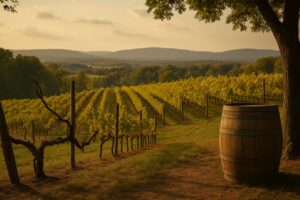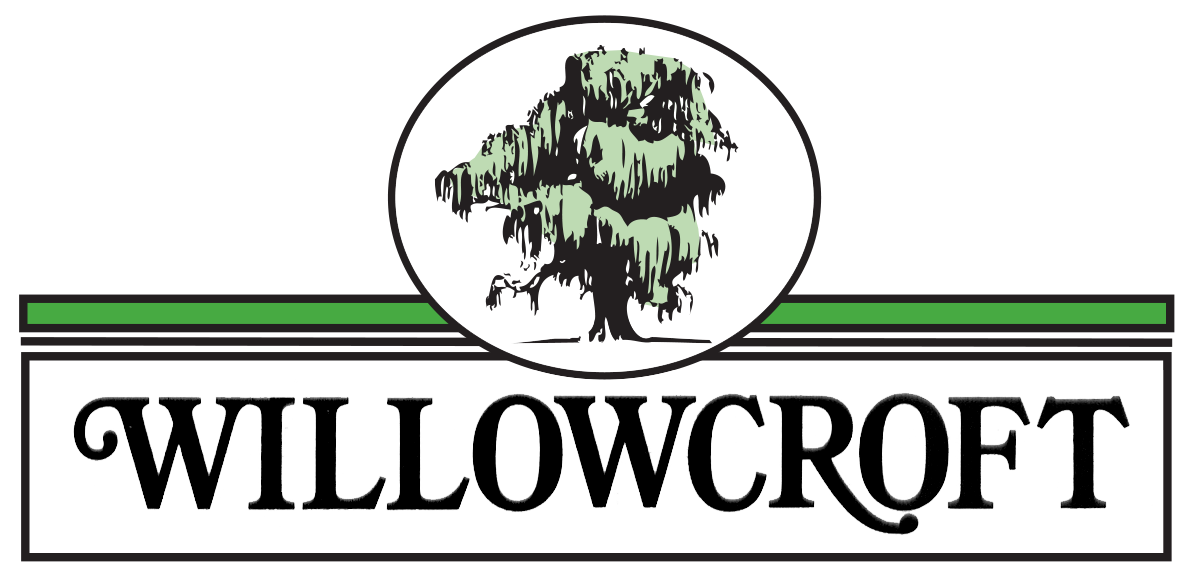
When people talk about the history of American wine, Prohibition often takes center stage. From 1920 to 1933, the 18th Amendment halted commercial winemaking across the country, shuttering wineries and tearing apart an industry that had been building momentum since the 19th century. The aftermath of those thirteen years still shapes how we drink wine in America today—and it set the stage for pioneering wineries like Willowcroft Farm Vineyards to take root in the 1980s.
Before Prohibition, the United States had hundreds of wineries, many of them founded by immigrant families bringing European traditions to the New World. When the law took effect, commercial wine production all but collapsed. Some wineries survived by producing sacramental wine for churches, while others turned to grape juice or sold grapes directly to home winemakers. Bootleggers, too, had their hand in keeping wine culture alive—albeit illegally.
An unintended loophole in the Prohibition law allowed families to make up to 200 gallons of wine at home for personal use. Across the country, people planted backyard vineyards or bought grapes shipped by train from California. Entire boxcars of grapes rolled eastward, feeding a new underground culture of amateur winemaking. This DIY movement kept grapevines in the ground, ensured growers had a market, and preserved at least a thread of wine knowledge in America.
When Prohibition ended in 1933, the wine industry didn’t bounce back overnight. Many wineries had gone bankrupt, vineyards had been replanted with other crops, and consumer taste had shifted toward spirits and beer. It took decades for quality winemaking to return, pushed forward by a handful of visionaries in California and, later, across the country. The famous “Judgment of Paris” tasting in 1976—when California wines outshone French classics—was a pivotal moment that signaled America was back on the world wine stage.
While California was leading the charge, other regions were rediscovering their own viticultural potential. Virginia, with a long but interrupted winemaking history dating back to Thomas Jefferson, became part of this national revival. In the late 20th century, a small number of growers began experimenting again with vineyards in Loudoun County and beyond, laying the foundation for what would become a thriving East Coast wine region.
It was in this context that Willowcroft Farm Vineyards was founded in 1981—becoming the first winery to open in Loudoun County’s modern wine era. Perched atop Catoctin Ridge, Willowcroft proved that Virginia could produce wines of real character and quality. While other early wineries in the county have since closed, been sold, or changed hands, Willowcroft has remained in continuous operation. Today, it holds the distinction of being Loudoun County’s oldest continuing winery, a pioneer that helped spark the region’s now-thriving wine industry.
The story of American wine after Prohibition is one of resilience and reinvention. What began with bootleggers and backyard vintners eventually gave way to boutique wineries like Willowcroft, blending old-world grape varieties with new-world innovation. Today, more than 300 wineries thrive in Virginia, with Willowcroft proudly standing as one of the pioneers that proved this state could once again be a home for fine wine.
Every pour at Willowcroft carries a piece of this larger American story. From the scars of Prohibition to the revival of regional vineyards, wine in the U.S. has been a story of survival, patience, and passion. Willowcroft’s founding in 1981 was part of that rebirth, and four decades later, our vines continue to honor the resilience of those who kept wine alive when it seemed destined to vanish.
